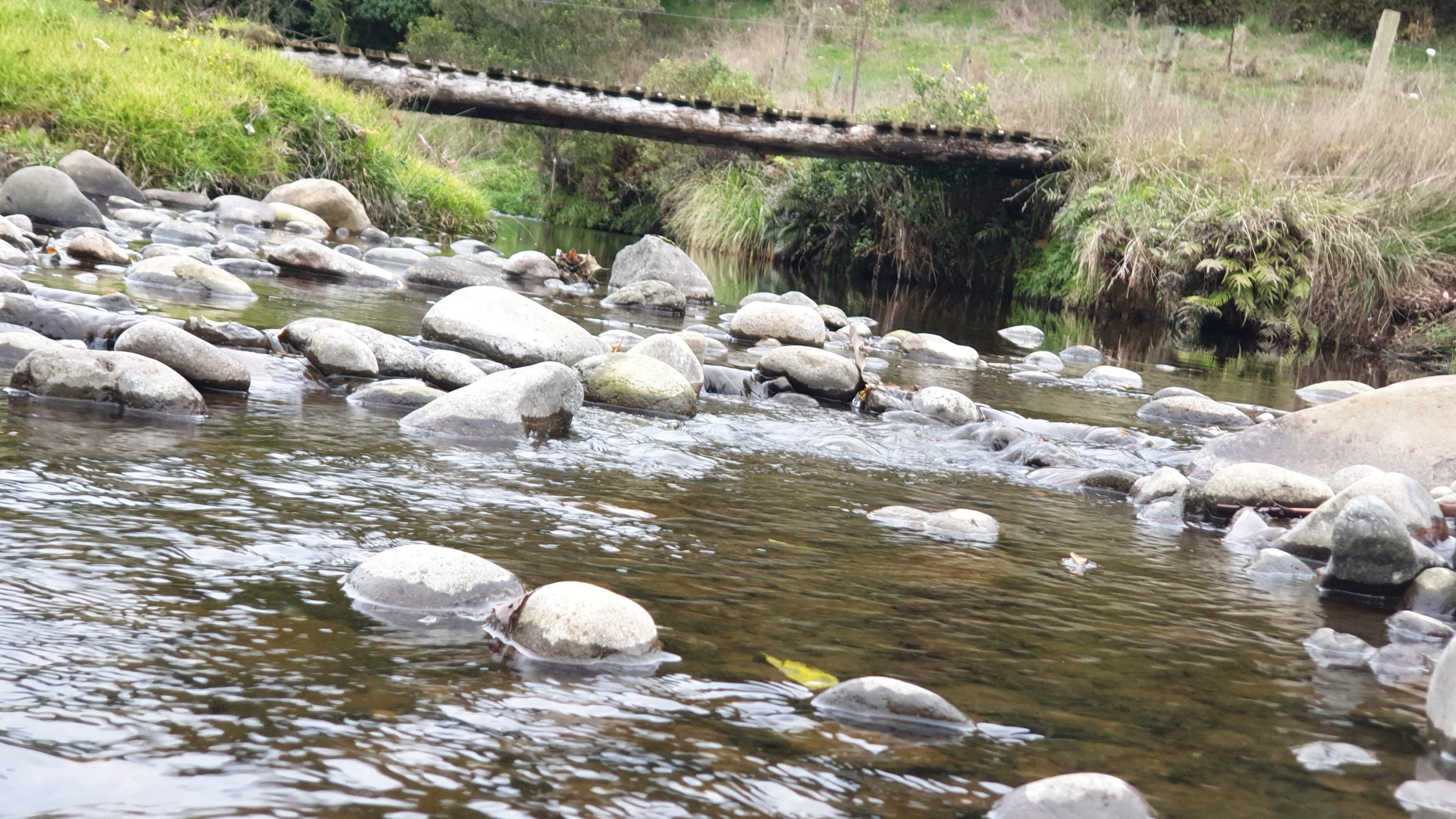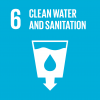More than 60 years ago, the Ngakoaohia River was used as a source of drinking water and it also supported farming systems. This knowledge was passed down through story telling by elders born next to the river, a form of Mātauranga Māori (Māori knowledge systems). However, in the last 60 years, there has been a lot of pollution in the river. A lot of farmers upstream used the river as a source of water for their cattle, they let the cattle walk, swim and drink in the river thus polluting the water for people downstream. Fortunately, this is now restricted by the local by-laws. There is an opportunity for the community living in close proximity to the river to monitor where pollutants come from and work closely with the support from local council to mitigate those pollutants from going into the river, and ultimately be able to minimize pollutants that come from upstream.
However, there is still a challenge of not knowing the quality of the water from the river. With regards to water quality, through water testing we determine if there is too much chlorophyll for example or what other minerals that might be in the water but should not be there or that we need more of. In addition, endemic species such as the longfin eel (Anguilla dieffenbachii) go all the way up to the Pacific close to Tonga to spawn, then baby eels swim all the way back to New Zealand and into the rivers including this river within our communal lands where there is the right type of food and temperature for them. The longfin eels spawn once in their lives when they are about 70 or 80 years and then they die out there after they have spawned. They are becoming a protected species now because their numbers are so low. So, the health of the river is of utmost importance.






